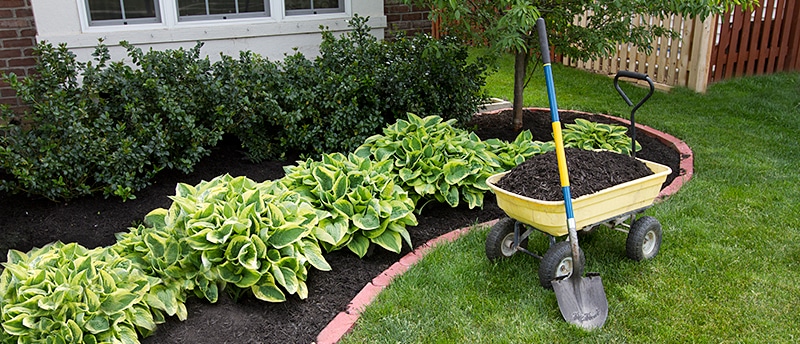
Total Transformation Whole Home Renovation Cost Guide
Introduction:
Embarking on a whole home renovation is an exciting yet daunting endeavor. From envisioning your dream space to crunching the numbers, there’s a lot to consider. In this comprehensive guide, we’ll walk you through the process of estimating and managing the costs of a whole home renovation, ensuring a successful and budget-friendly transformation.
Setting Your Budget:
Before diving into any renovation project, it’s crucial to establish a realistic budget. Take the time to assess your finances and determine how much you’re willing and able to spend on your renovation. Consider factors such as the scope of work, desired quality of materials, and any unexpected expenses that may arise along the way.
Understanding Costs:
A whole home renovation encompasses a wide range of expenses, including materials, labor, permits, and design fees. It’s essential to have a thorough understanding of these costs to avoid any surprises down the line. Research typical costs for similar projects in your area and factor in any additional expenses specific to your renovation plans.
Scope of Work:
The extent of your renovation project will have a significant impact on the overall cost. Determine which areas of your home you plan to renovate and the specific changes you want to make. Are you updating the kitchen and bathrooms, or are you gutting the entire house and starting from scratch? The more extensive the scope of work, the higher the cost will likely be.
Materials and Finishes:
The materials and finishes you choose for your renovation will also affect the overall cost. High-end materials such as hardwood flooring, granite countertops, and custom cabinetry will come with a higher price tag than their more budget-friendly counterparts. Consider where you’re willing to splurge and where you can cut costs without sacrificing quality.
Labor Costs:
Labor costs typically account for a significant portion of a whole home renovation budget. The cost of labor will vary depending on factors such as the size and complexity of the project, the skill level of the contractors, and the local market rates. Obtain multiple quotes from reputable contractors to ensure you’re getting a fair price for the work.
Permitting and Regulations:
Don’t forget to budget for permits and regulatory fees associated with your renovation project. Depending on the scope of work and local regulations, you may need permits for structural changes, electrical upgrades, or plumbing modifications. Failure to obtain the necessary permits can result in costly fines and delays, so be sure to factor these expenses into your budget.
Contingency Fund:
No matter how well you plan, renovations have a way of throwing unexpected challenges your way. That’s why it’s essential to set aside a contingency fund to cover any unforeseen expenses that may arise during the project. A good rule of thumb is to budget an additional 10-20% of your total renovation costs for contingencies.
Managing Costs:
Once you’ve established your budget and have a clear understanding of the costs involved, it’s time to start managing your expenses. Keep track of all expenditures throughout







